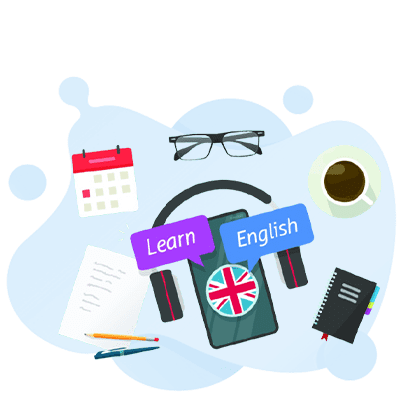
The New York State English as a Second Language Achievement Test (NYSESLAT) is key for English language learners (ELLs) in New York. This guide offers insights into the NYSESLAT, its role, and its structure. It helps students, teachers, and parents understand the ESL testing world better. This knowledge ensures ELLs succeed in their studies.
The NYSESLAT is a detailed test for English language skills. It checks how well students who don’t speak English at home can use the language. This test is key for language acquisition and educational assessment. It shows how well English language learners can speak, listen, read, and write.
The NYSESLAT looks at four main areas:
These areas help figure out a student’s English language proficiency. They help teachers plan better lessons for each student.
The NYSESLAT tests English skills at different grade levels. It has many question types, like multiple-choice and essays. This makes sure students are tested well in all areas of English.
The NYSESLAT scores students into five levels: Entering, Emerging, Transitioning, Expanding, and Commanding. This scoring system shows how students are doing. It helps teachers and schools plan better lessons for each student.
| Proficiency Level | Description |
|---|---|
| Entering | Students at this level have limited English proficiency and require substantial language support. |
| Emerging | Students at this level demonstrate some English proficiency and still require significant language support. |
| Transitioning | Students at this level have developed a degree of English proficiency and require moderate language support. |
| Expanding | Students at this level have attained a high level of English proficiency and require minimal language support. |
| Commanding | Students at this level have achieved the highest level of English proficiency and can perform academically without language support. |
Getting good at academic English is key for students in school. To do well on the NYSESLAT (New York State English as a Second Language Achievement Test), a good plan is needed. This part talks about important strategies and resources for students and teachers to do their best and improve their English skills.
Studying regularly and focusing on what’s important are the main steps to success on the NYSESLAT. Students should:
Teachers are very important in helping students get better at English. Here are some ways teachers can help:
The NYSESLAT tests many English skills, like speaking, listening, reading, and writing. Students should work on all these areas by:
By using these strategies and resources, students and teachers can work together. They can help students get better at English and do well on the NYSESLAT and more.
| Skill Area | Recommended Preparation Strategies |
|---|---|
| Speaking and Listening |
|
| Reading and Writing |
|
| Holistic Language Development |
|
The NYSESLAT exam checks many important language skills. These skills are key for doing well in school and speaking English well. The test looks at speaking, listening, reading, and writing to see how well students can use English.
The speaking and listening parts of the NYSESLAT test how well students talk and listen. They check if students can understand and speak English clearly. The test makes sure students can have good conversations and share their thoughts.
The NYSESLAT also tests reading and writing skills. These skills are crucial for doing well in school. The test checks if students can read and write well, including understanding texts and writing clearly.
The NYSESLAT focuses a lot on academic language skills. It checks if students know the special words and grammar needed for school. This helps find out where students might need extra help to do well in English classes.